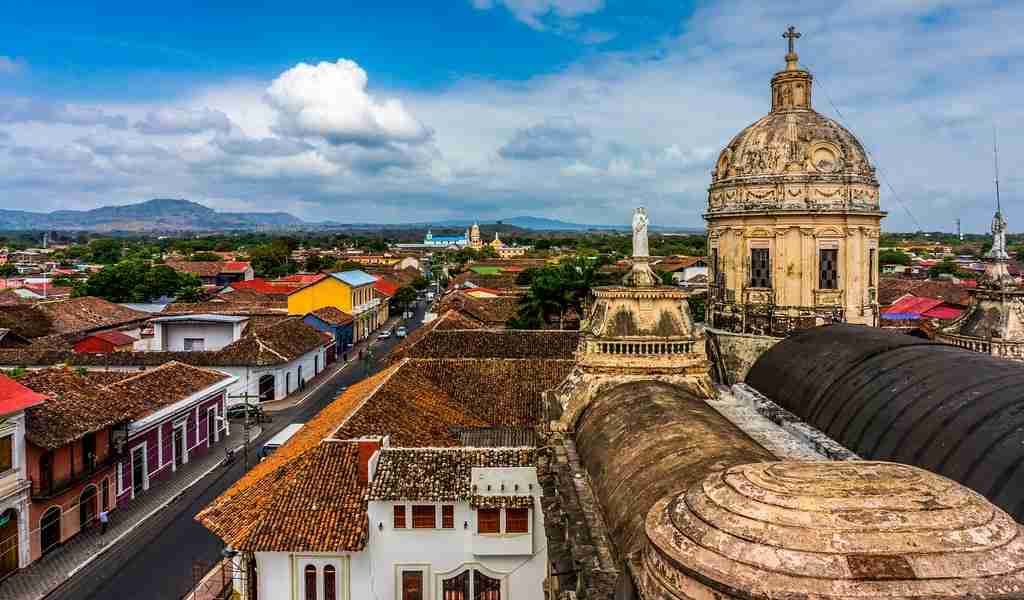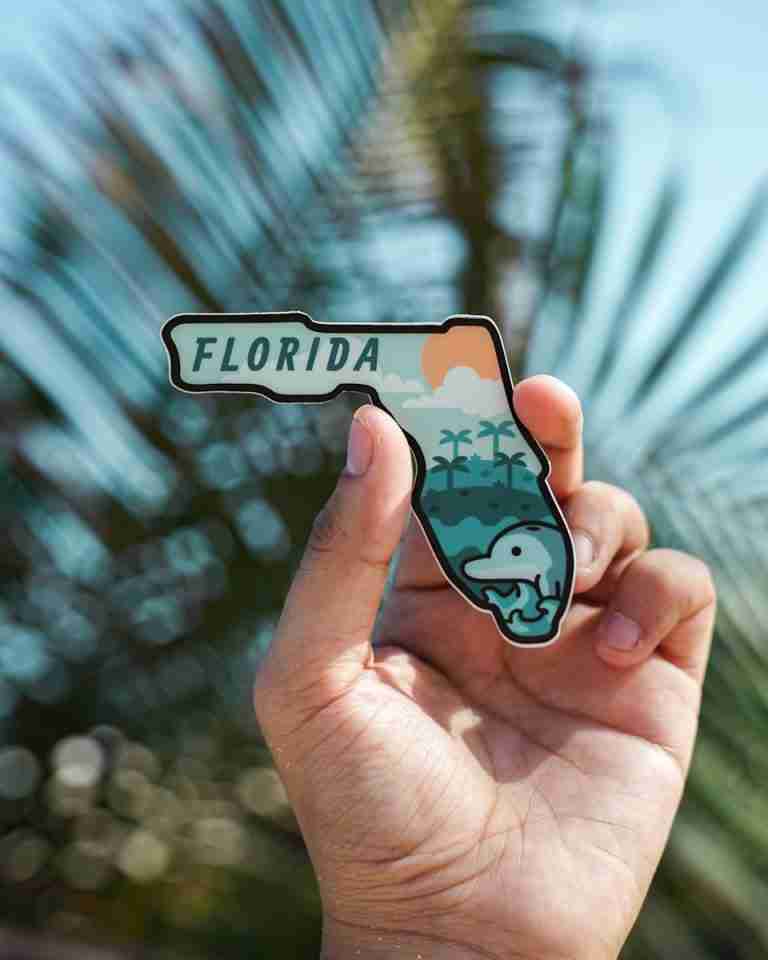26 Fun Facts About Nicaragua: Tropical Fruit Paradise
1. Nicaragua is known for its diverse landscape, including coastal plains, mountains, and volcanoes.
Nicaragua’s varied landscapes from coastal plains to towering mountains and active volcanoes embody a unique outdoor paradise.
It draws adventure seekers worldwide, offering sublime beach views, lush mountain forests, and a glimpse into the raw power of nature through its active volcanoes.
2. Nicaragua is the largest country in Central America.
Nicaragua, as the largest country in Central America, holds a commanding presence in the region.
Its expansive territory, over 130,375 square kilometers, encompasses varied ecosystems and unique cultural experiences.
From its pristine beaches to its vibrant cities, it represents the heart of Central America, offering travelers the perfect blend of nature, culture, and history.
3. Lake Nicaragua, in the country, is the largest lake in Central America.
Lake Nicaragua, with a surface area of 8,264 square kilometers, is Central America’s largest lake. Its vast blue expanse is a sight to behold, teeming with unique marine life, including the world’s only freshwater sharks.
The lake is not just a key ecological resource but also a major tourist attraction, offering activities like boating and fishing, and scenic views of its two volcanically formed islands.
4. Nicaragua is home to the world’s only freshwater sharks, found in Lake Nicaragua.
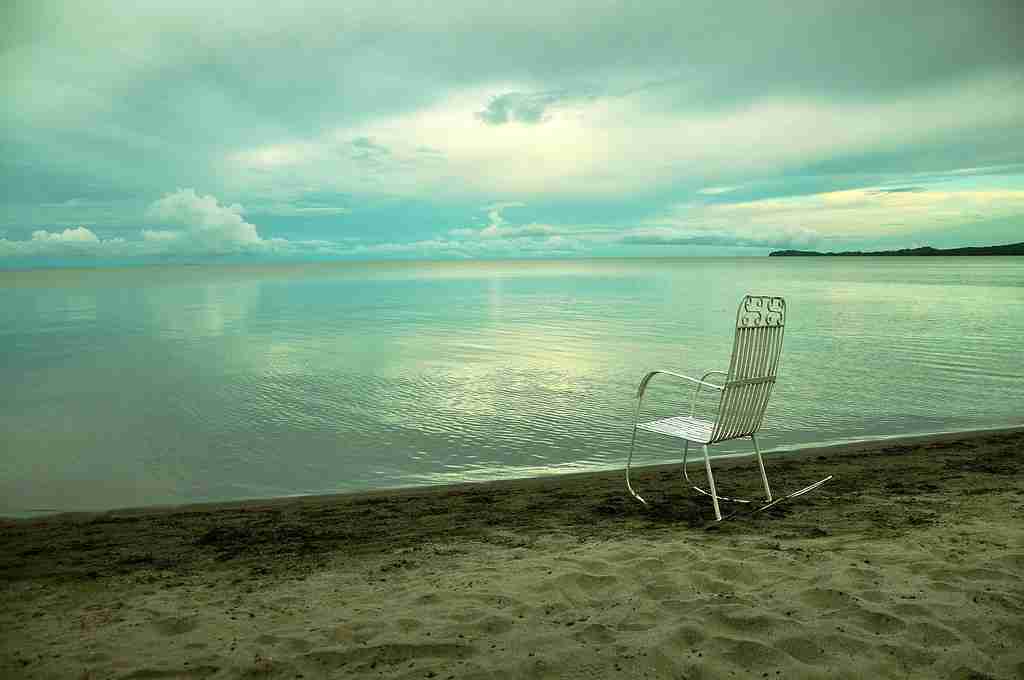
Nicaragua’s Lake Nicaragua holds a fascinating secret it’s the sole home of the world’s freshwater sharks. Known as the Nicaragua shark or bull shark, this species is uniquely adapted to freshwater conditions.
It adds a thrilling dimension to the country’s biodiversity, offering both locals and visitors a chance to witness one of nature’s most astonishing adaptability examples.
5. Nicaragua is known for its unique chicken bus transportation system.
Nicaragua’s chicken buses, a colorful and integral part of its transportation system, are refurbished school buses from North America.
These brightly painted buses are a riot of colors and are often adorned with religious, pop-culture, or even sports-themed murals.
Inside, they’re known for their crowded nature as they stop to pick up passengers anywhere along the route.
6. Volcano boarding, a popular tourist activity, was invented in Nicaragua.
Nicaragua, with its abundant volcanoes, gave birth to the adrenaline-packed sport of volcano boarding. Here, thrill-seekers race down the ashy slopes of active volcanoes like Cerro Negro, reaching speeds up to 95 km/h.
Since its inception in the early 2000s, the sport has attracted thousands of adventurous tourists annually, cementing Nicaragua’s reputation as a destination for unique and exhilarating experiences.
7. The name Nicaragua comes from Nicarao, the name of an indigenous tribe, and Agua, Spanish for water.
Nicaragua is a tribute to the region’s indigenous heritage and natural beauty, which is one of the fun facts about Nicaragua. Nicarao is the name of an indigenous tribe that inhabited the area before the Spanish conquest, symbolizing the rich, ancient culture of the land.
Agua, meaning water in Spanish, represents the country’s abundant water bodies, including two large lakes and several rivers.
8. The currency of Nicaragua is called the Nicaraguan Córdoba.
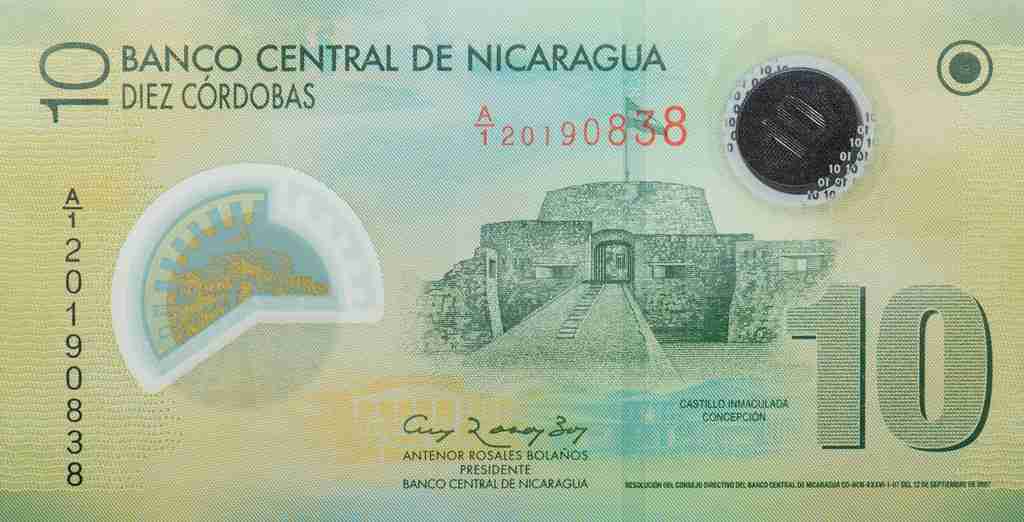
Nicaragua’s official currency is the Nicaraguan Córdoba. This currency is named after the country’s founding father, Francisco Hernández de Córdoba.
As of 2023, the exchange rate stands roughly at 35 Córdobas to 1 US dollar.
9. Nicaragua is home to Bosawás Biosphere Reserve, one of the largest rainforest reserves in the Western Hemisphere.
Nicaragua’s Bosawás Biosphere Reserve is one of the Western Hemisphere’s largest rainforest reserves, a jewel of biodiversity.
Spanning over 20,000 square kilometers, it shelters countless species, including jaguars, tapirs, and hundreds of bird varieties.
It’s also home to indigenous communities living in harmony with nature.
10. The national bird of Nicaragua is the Guardabarranco, a type of motmot.
One of the fun facts about Nicaragua is that the Guardabarranco, a strikingly colorful motmot species, is Nicaragua’s national bird. With its vibrant blue and green feathers, long tail, and distinctive racket-like tips, it captures the eye and symbolizes the country’s rich biodiversity.
It’s not just a bird it’s a symbol of national pride, representing the natural beauty and vibrancy that Nicaragua holds.
11. One of the fun facts about Nicaragua is that Baseball is the most popular sport in Nicaragua.
Baseball, America’s pastime, found a second home in Nicaragua. It’s not just a sport here it’s a national obsession.
From the local fields to the national stadium, the sport permeates every corner of Nicaraguan society, uniting people across different walks of life.
12. Nicaragua’s capital and largest city is Managua.
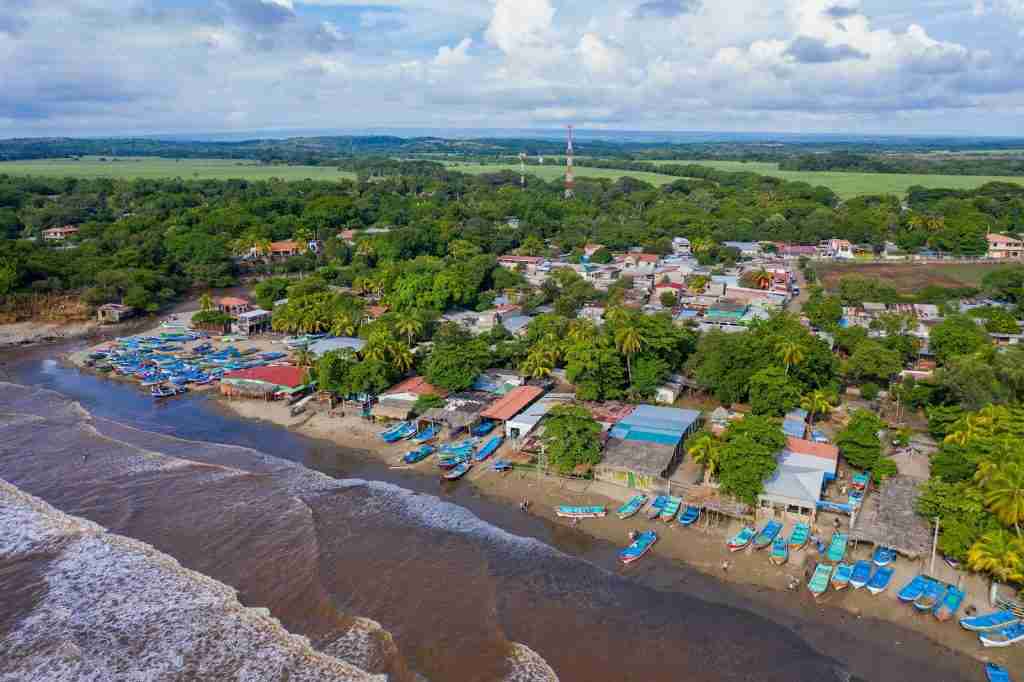
Managua, Nicaragua’s capital and largest city pulsates with life and energy. It’s a bustling metropolis with a population of over 1 million residents.
Managua serves as the country’s political, cultural, and economic hub. From its vibrant nightlife and architectural landmarks to its rich historical sites, Managua encapsulates the heart of Nicaraguan urban life and culture.
13. Nicaragua, with a tropical climate, has two seasons rainy (May-November) and dry (December-April).
Nicaragua’s tropical climate, averaging 27°C, sets the stage for a vibrant rhythm of life. Its two distinct seasons – the refreshing rains from May to November, and the sun-drenched dry months from December to April – paint a dynamic canvas of landscapes.
This seasonal dance nourishes lush forests, fertile farmlands, and stunning floral blooms, making any time an ideal time to experience Nicaragua’s bountiful nature.
14. Nicaragua has two coastlines on the Caribbean Sea and the Pacific Ocean.
Nicaragua is a rare gem with coastlines on two major bodies of water. The Caribbean Sea and the Pacific Ocean. This dual-coastline configuration offers a range of beach experiences.
The Pacific side promises dramatic surf breaks and stunning sunsets, while the Caribbean side enchants with its crystal-clear waters, white sand beaches, and vibrant coral reefs.
15. Nicaragua’s economy heavily relies on agriculture, with coffee and bananas as major exports.
Nicaragua’s economy is firmly rooted in its fertile soil. Agriculture, particularly the cultivation of coffee and bananas, plays a vital role in driving the country’s economic engine, which is one of the fun facts about Nicaragua.
Nicaragua’s high-quality coffee and sweet bananas reach tables across the globe, underscoring the country’s significant role in the global food supply chain.
16. In Nicaragua, you can find the world’s smallest hummingbird, the Bee Hummingbird.
Among the multitude of species calling Nicaragua home is the Bee Hummingbird, the world’s smallest hummingbird.
This tiny marvel, weighing less than a penny, exhibits nature’s ingenuity and beauty in an extraordinarily small package.
With its iridescent plumage and swift movements, the Bee Hummingbird adds a splash of color and charm to Nicaragua’s diverse wildlife.
17. Nicaragua is a democratic republic.
Nicaragua, a democratic republic, fosters a culture of political participation among its citizens.
The political structure is designed around a presidential system, which means the President holds the highest executive power. The President is not only the head of state but also the head of government.
The Nicaraguan military is under civilian control and its role is defensive and constitutional, separate from the executive branch’s political power.
18. The country’s official language is Spanish, though many indigenous languages are also spoken in Nicaragua.
Spanish, the official language of Nicaragua, serves as a unifying medium of communication among its diverse population.
The linguistic richness of the country extends beyond Spanish, with numerous indigenous languages such as Miskito, Sumo, and Rama still spoken, especially in the eastern regions.
19. Nicaragua has 25 volcanoes, and many of them are still active.
One of the fun facts about Nicaragua is that Nicaragua, often referred to as The Land of Lakes and Volcanoes, hosts an impressive tally of 25 volcanoes.
Many of these geological wonders, such as Masaya and San Cristobal, are still active, contributing to the country’s remarkable geothermal energy potential.
This volcanic activity also draws in a multitude of tourists each year, eager to witness the awe-inspiring spectacle of nature’s raw power.
20. Nicaragua was first settled by the Spanish in the early 16th century.
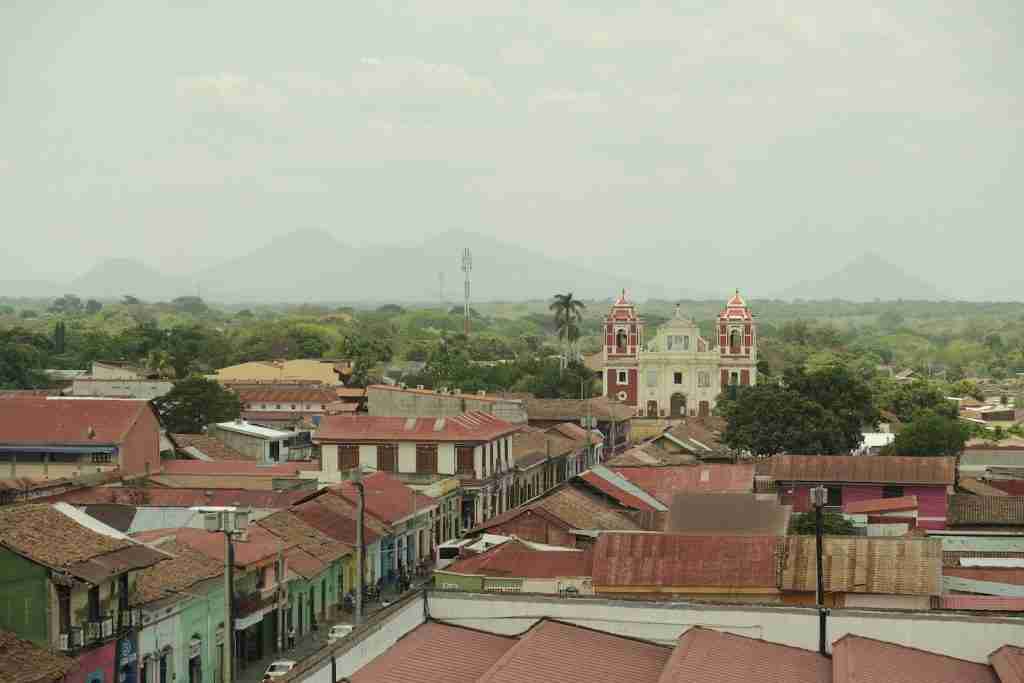
Nicaragua’s history traces back to the early 16th century when the Spanish first settled here, marking a significant turning point in the country’s timeline.
These initial Spanish settlers, arriving with their customs, religion, and language, profoundly shaped Nicaragua’s cultural, social, and political landscape.
Nicaragua declared its independence from Spain on September 15, 1821. This marked a crucial milestone in the country’s history, signaling the end of Spanish colonial rule and the dawn of a new era of self-governance and sovereignty. The day is commemorated annually as Independence Day.
21. In Nicaragua, you can see two of the oldest colonial cities in the Americas León and Granada.
A visit to Nicaragua presents a chance to step back in time by exploring León and Granada, two of the oldest colonial cities in the Americas.
These cities, with their Spanish colonial architecture and cobblestone streets, offer a tangible link to the past.
Exploring their ancient cathedrals, charming plazas, and vibrant markets is like leafing through the pages of a living history book, providing a rich cultural experience.
22. Nicaragua has 78 protected areas covering 17% of its territory.
Nicaragua showcases its commitment to environmental preservation through its network of 78 protected areas, encompassing roughly 17% of the country’s territory.
These havens of biodiversity, ranging from verdant rainforests to serene wetlands, protect diverse ecosystems and rare species.
This significant conservation effort highlights Nicaragua’s role in global environmental stewardship, safeguarding nature for future generations.
23. Nicaragua has a significant population of Mestizos, a mix of indigenous and European ancestry.
Nicaragua’s cultural mosaic is greatly enriched by its significant Mestizo population, individuals of mixed indigenous and European ancestry, which is one of the fun facts about Nicaragua.
This blend of cultural heritages has forged a unique Nicaraguan identity, characterized by a rich tapestry of traditions, languages, and cuisines.
The Mestizo influence can be seen and felt across the country, underscoring the nation’s multicultural and multiracial fabric.
24. Nicaragua’s population is over 6 million people.

Nicaragua is home to over 6 million people, according to estimates in 2023. This population, with its diverse ethnicities and cultures, contributes to the country’s vibrant social fabric.
Each Nicaraguan, with their individual stories and experiences, plays a part in the unfolding narrative of this Central American nation, adding to its rich human tapestry.
25. One of the fun facts about Nicaragua is that roman catholicism is the predominant religion in Nicaragua.
Roman Catholicism is deeply ingrained in Nicaragua’s cultural identity, with about 50% of the population identifying as Roman Catholics, according to data from 2021.
This predominant faith has shaped the country’s traditions, festivals, and social norms over the centuries.
From grand cathedrals to community processions, the influence of Catholicism is evident throughout Nicaragua, reflecting the country’s spiritual landscape.
26. Nicaragua is among the world’s top 10 countries with the highest percentage of female parliamentarians.
Gender equality strides forward in Nicaragua, one of the top 10 countries worldwide boasting the highest percentage of female parliamentarians.
This representation in political leadership underscores Nicaragua’s commitment to gender equality and women empowerment.
It illustrates a significant shift towards a more inclusive democracy where women are given a powerful platform to influence national policies and contribute to societal progress.
FAQs
Nicaragua is geographically situated in Central America, bordered by Honduras to the north and Costa Rica to the south. The country boasts two coastlines, one on the Pacific Ocean to the west and another on the Caribbean Sea to the east. This location blesses Nicaragua with a diverse landscape, ranging from beautiful beaches and lowland plains to mountains and active volcanoes.
include pristine beaches, majestic mountains, active volcanoes, and lush rainforests. The country is home to Lake Nicaragua, the largest lake in Central America, and the unique freshwater sharks that inhabit it. Nicaragua is also known for its rich cultural heritage, reflecting a fusion of indigenous and Spanish influences, evident in its vibrant festivals, music, and cuisine.
The flag of Nicaragua consists of three equal horizontal bands. The top and bottom bands are blue, symbolizing the Caribbean Sea and the Pacific Ocean. The middle band is white, embodying peace. Centered on the white band is the country’s coat of arms, which features a triangle encircled by the words REPUBLICA DE NICARAGUA on top and AMERICA CENTRAL on the bottom. The triangle, symbolizing equality, contains five volcanoes representing the five members of the federation, a rainbow signifying peace, and a Phrygian cap symbolizing liberty.
Nicaragua has been considered a popular tourist destination in Central America, attracting visitors with its natural beauty, rich culture, and historical sites. While exact statistics may vary over time, in 2019, Nicaragua welcomed around 1.6 million international tourists, contributing significantly to the country’s economy. The government has been actively promoting tourism, and the nation’s low crime rate enhances its appeal as a safe and welcoming destination for travelers.
Nicaragua is generally considered one of the lower-income countries in Central America. The per capita income in Nicaragua was estimated to be around $2,180, and the Gross Domestic Product (GDP) per capita was approximately $5,099 in 2020. While the country has progressed in certain areas, it faces economic challenges and socio-economic disparities. The poverty rate in Nicaragua was around 25% in 2020.

